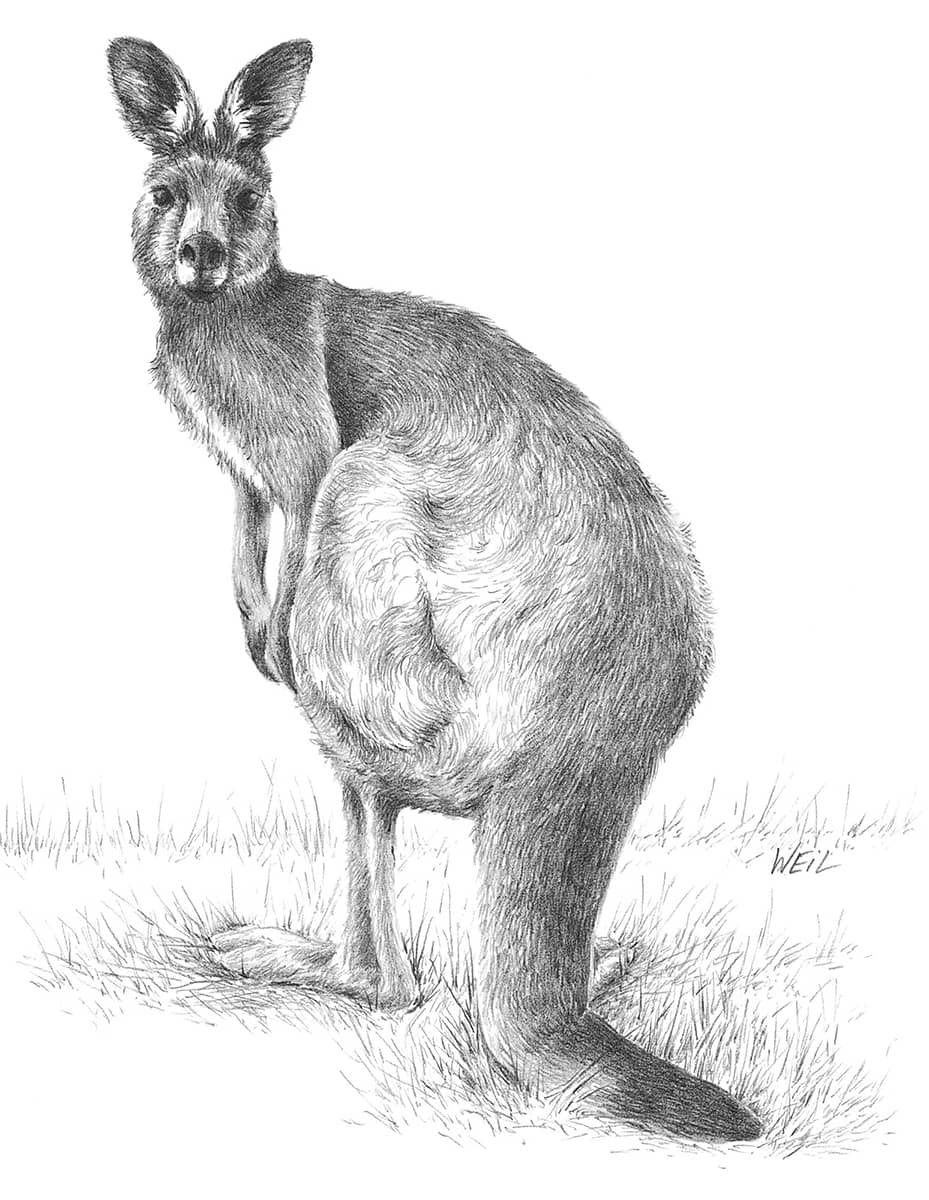Walter Foster Creative Team - Complete Beginners Guide to Drawing Animals: More Than 200 Drawing Techniques, Tips and Lessons for Rendering Lifelike Animals in Graphite and Colored Pencil
Here you can read online Walter Foster Creative Team - Complete Beginners Guide to Drawing Animals: More Than 200 Drawing Techniques, Tips and Lessons for Rendering Lifelike Animals in Graphite and Colored Pencil full text of the book (entire story) in english for free. Download pdf and epub, get meaning, cover and reviews about this ebook. year: 2017, publisher: Walter Foster Publishing;Quarto Publishing Group USA, genre: Home and family. Description of the work, (preface) as well as reviews are available. Best literature library LitArk.com created for fans of good reading and offers a wide selection of genres:
Romance novel
Science fiction
Adventure
Detective
Science
History
Home and family
Prose
Art
Politics
Computer
Non-fiction
Religion
Business
Children
Humor
Choose a favorite category and find really read worthwhile books. Enjoy immersion in the world of imagination, feel the emotions of the characters or learn something new for yourself, make an fascinating discovery.

- Book:Complete Beginners Guide to Drawing Animals: More Than 200 Drawing Techniques, Tips and Lessons for Rendering Lifelike Animals in Graphite and Colored Pencil
- Author:
- Publisher:Walter Foster Publishing;Quarto Publishing Group USA
- Genre:
- Year:2017
- Rating:3 / 5
- Favourites:Add to favourites
- Your mark:
Complete Beginners Guide to Drawing Animals: More Than 200 Drawing Techniques, Tips and Lessons for Rendering Lifelike Animals in Graphite and Colored Pencil: summary, description and annotation
We offer to read an annotation, description, summary or preface (depends on what the author of the book "Complete Beginners Guide to Drawing Animals: More Than 200 Drawing Techniques, Tips and Lessons for Rendering Lifelike Animals in Graphite and Colored Pencil" wrote himself). If you haven't found the necessary information about the book — write in the comments, we will try to find it.
With helpful tips and easy to follow step-by-step lessons, The Complete Beginners Guide to Drawing Animals is the perfect resource for artists looking to hone their drawing style and technique.
The Complete Beginners Guide to Drawing Animals starts with a thorough introduction to the essential tools and materials artists need to get started, including different types of pencils, sketchbooks, papers, erasers, and more. This helpful resource features dozens of comprehensive drawing lessons designed to teach aspiring artists how to draw a variety of animals, from lifelike pet portraits to zoo and safari animals. Artists will discover the fundamentals of drawing and techniques for rendering realistic animal textures, such as fur, feathers, whiskers, manes, and hair; creating volume; shading; developing a composition; and mastering perspective, all with the goal of drawing dozens of lifelike animals in graphite and colored pencil.
Walter Foster Creative Team: author's other books
Who wrote Complete Beginners Guide to Drawing Animals: More Than 200 Drawing Techniques, Tips and Lessons for Rendering Lifelike Animals in Graphite and Colored Pencil? Find out the surname, the name of the author of the book and a list of all author's works by series.











